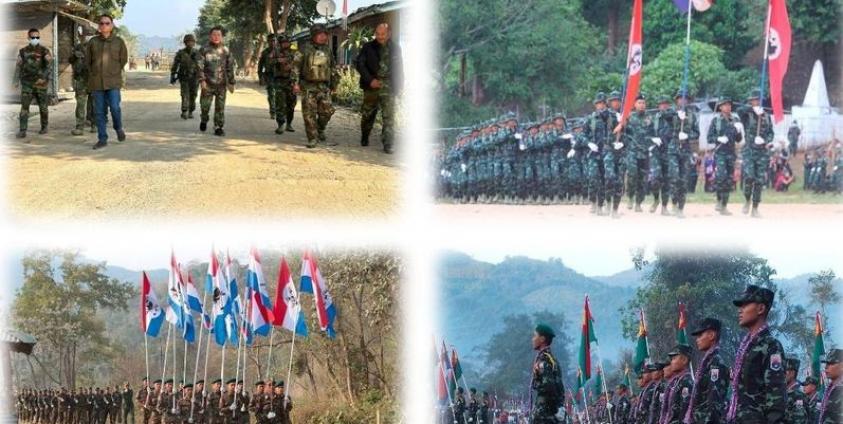Revolutionary organizations affiliated with NUG have announced their approval for a plan to reorganize the NUG during the post-revolution transition period into a Transitional National Unity Government (T-NUG) ,aligning with the federal democratic constitution.
The T-NUG composition would also establishing a collective leadership which would be inclusive of worthy representatives from the resistance forces.
Formed in accordance with the 2020 election results, both the Committee Representing Pyidaungsu Hluttaw (CRPH) and the National Unity Government (NUG) aim to recognize the essential role of the voters, in rejecting the continuation of the political system controlled by the military- drafted 2008 Constitution, emphasizing their commitment to revolution and systemic change, according to the statement.
In the post-revolutionary period, the political factions involved in the fight against dictatorship will collaboratively guide and coordinate the drafting of a federal democratic constitution, aiming to construct a new union, as underscored in the statement.
Throughout these processes, T-NUG, inclusive of representatives from the resistance forces, is envisioned to be initially established in alignment with the transitional federal democratic constitution, with individual federal union governments independently formed in respective states and regions.
Subsequently, the forthcoming steps will involve deliberations on issues pertaining to the establishment of a federal democratic union, drafting a new federal democratic constitution, and undertaking the implementation and construction of the envisioned new federal democratic union.
The new federal democratic union is intended to safeguard and enhance the distinct characteristics of diverse ethnic groups, ensuring the complete realization of democratic rights, equality, and self-determination, and it will refrain from endorsing power-sharing arrangements among politically privileged entities.
In the statement announcing the reorganization as T-NUG, six political objectives, nine positions, and six action plans have been detailed, with the commitment to establish and execute strategic mechanisms across all sectors to realize these goals, while also reaffirming commitments to continued collaboration with allied resistance forces.








